A BRIEF HISTORY
For most of us, when we hear the word Karate, we think back to the popular 80’s movie, The Karate Kid. Wax on, wax off, and paint the fence. While that film brought attention to a younger audience, Karate is a martial with deep and ancient roots, having been practiced as a martial art and self defense going back for centuries.
Karate is a conjunction between the words, “Kara” or “empty” and “Te” or “hand”. So Karate literally means “empty hands”. It is a predominantly striking art, although early Karate involved some Judo throws taken from the modern day warrior, the Samurai.
During the early 20th century, the art migrated into Japan and karate was introduced to the Japanese population. Karate’s popularity grew to such heights that in 1922 Professor Jigoro Kano, the founder of Judo, asked Gichin Funakoshi, known as the Father of Karate, to put on demonstrations for the Judo students in Tokyo’s Kodokan School of Judo. Funakoshi had such an influence on Kano that he was invited back several times to teach Karate to the Kodokan students. By 1926, Karate was steadily taught in Japan. In 1924, the very first university club was established by the Keio University. By 1932, most universities in japan had Karate clubs. As the militarism in Japan grew, the name was changed as an indication that they desired to establish their Japanese style of karate.
EVOLUTION OF THE KARATE ART
The original method of Karate grew from the Ryukyuan Kingdom and is the most traditional version of the art. Ryukyu is an island in the Ryukyuan Archepelago, which also includes Okinawa, the largest of these. Karate was a common Ryukyuan’s fighting technique among the Pechin class, known as Te. It became introduced to Japan when they annexed the islands in 1879. Due to the trade relations that had grown between the Chinese dynasty and the Ryukyuan’s, several Chinese martial arts were also introduced to these islands. Apart from the cultural exchange, the development of unarmed techniques for combat was fueled by the ban on weapons, placed by King Sho Shin in 1477.
Even though there were few recognized styles of Te, many practitioners had their individual techniques. The initial methods were categorized into three; Tomari-te, Naha-te, and Shuri-te, each named after the city it developed from initially. Each style varied from the other in terms of principles, kata, and techniques. While fighting in China, Sakukawa learned pugilism and staff fighting. In the year 1806, in Shuri, he began to teach a fighting art he referred to as Tudi Sakukawa. In the 1820’s, his most prominent student, Matsumura Sokon, trained on a fusion of Shaolin and Te. This technique then became known as Shorin-Ryu karate.
THE TRAINING OF KARATE
Conventionally, the emphasis on karate is on self-development. With modern karate, psychological elements, such as virtue and fearlessness, are included in the training. Sportive karate focuses more on competition and exercise. In some variants of karate, weapon training is significant. Karate training has been segmented into three essential parts:
Kihon/Basics – this is the foundation for everything, and the training happens typically in the form of a Groupon (no not a coupon, lol) – that is, a group of karateka, or karate students, is taught a combination of techniques.
Kata/Forms – this is the official array of movements that represent different defensive and offensive postures, based on idealized contexts of combat applications. When applied in demos with actual opponents, it is referred to as Bunkai. One must demonstrate competence on required kata specifications before they can acquire a formal rank
Kumite/Sparring – this is a practice of both sport and self-defense. The levels of physical contact are expansively varied, depending on the type of karate. For instance, to bring an opponent to the ground in knockdown karate, one is required to use full power techniques. With armor sparring, it permits comprehensive power skills but with some safety.
BENEFITS OF KARATE
Improves Cardiovascular health and promotes fitness– the spirited activities that take place in the karate studio go a long way in keeping the heart-healthy. Learning karate works the upper and lower body, and it creates remarkable core endurance for the learner. Good cardiovascular health allows for more extended practice with stamina.
Flexibility– during every karate class, the karateka is mandated to stretch for over 20 minutes before classes can begin and afterward. Stretching is done to prevent injury through strenuous body activity. Being flexible is an advantage outside the studio because you have increased balance, and they are less likely to throw the back doing an activity.
Agility & Reflexes– the more one practices karate, the body adapts to agility, and they acquire sharper reflexes, which are very crucial in times of lurking danger. Increase confidence and self-esteem- karate involves a lot of complicated moves that take time, discipline, and focus on mastering. By successfully grasping movements, they experience a sense of accomplishment, which will elevate self -confidence. Also, having the know-how to protect oneself in danger can boost their confidence. Enhances cognitive growth and function-it takes a lot of concentration to master karate techniques, and it calls for repetition and consistency. Routine practice and dedication to Martial Arts allow the student to learn the skill of unifying the body and the mind in performing a task.
THE STRENGTHS OF KARATE
- It is a global phenomenon- regardless of where it is, there will always be a karate studio. The techniques and lingo are easy to catch on, depending on the variation of karate one is training on.
- With karate, one learns dojo etiquette and the discipline required to master the art.
- Karate focuses on a non-combative means of dueling, which is a less forceful way of self-defense.
- It links physical strength to mental wellness, thus teaching one how to harmonize the body and mind.
WEAKNESSES OF KARATE
Even though karate has become a popular and accepted phenomenon around the world, there are a few downsides to the practice:
- For starters, the practice, especially in America, has become very loose and minimal in terms of tradition and formal orginization. A good Karate Sensei is harder to find than one might think.
- While not as expensive as it’s cousin, Tae Kwon Do, Karate is not cheap. In addition to regular uniforms, students must have their own sparring and protective gear. For a comparison of Karate vs Taekwondo check out our article here.
- Many Karate dojo’s have fallen victim to years of parental pressure to “promote” their child. Instructors feel pressure to promote little Johnny even though he may not be ready for it, but they either succumb to the money or the pressure, or both. Facilities like these are sometimes referred to as “belt mills”, and “McDojos”.
- Most variations of karate do not involve ground fighting, compared to other martial arts such as Judo and Jiu Jitsu, and are impractical in many real-life self defense situations.
- As more people take on karate, the mental and spiritual aspects of the art have faded over time. Currently, most masters have fixated on physical training and belt promotions.
- Since karate is highly traditional art, there are also instructors on the opposite side of the spectrum who adhere to traditional values and demand strength and strict self-control of the student.
Significant Historical Figures
Although no one person can be credited for the creation of Karate, there are a number of historical figures who contributed to its development and solidification as a legitimate martial art:
Itosu Anko: Often called the “grandfather of karate,” brought karate to Okinawan schools and simplified it for increased public acceptance.
Gichin Funakoshi: Founder of Shotokan.
Sakukawa Kanga: One of the first Okinawans to study in China.
Dr. Jigoro Kano: Founder of Japanese judo.
Kenwa Mabuni: Founder of the Shitō-ryū style.
Chojun Miyagi: Named the Gōjū-ryū style.
Hironori Otsuka: Founder of the Wadō-ryū style.
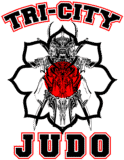
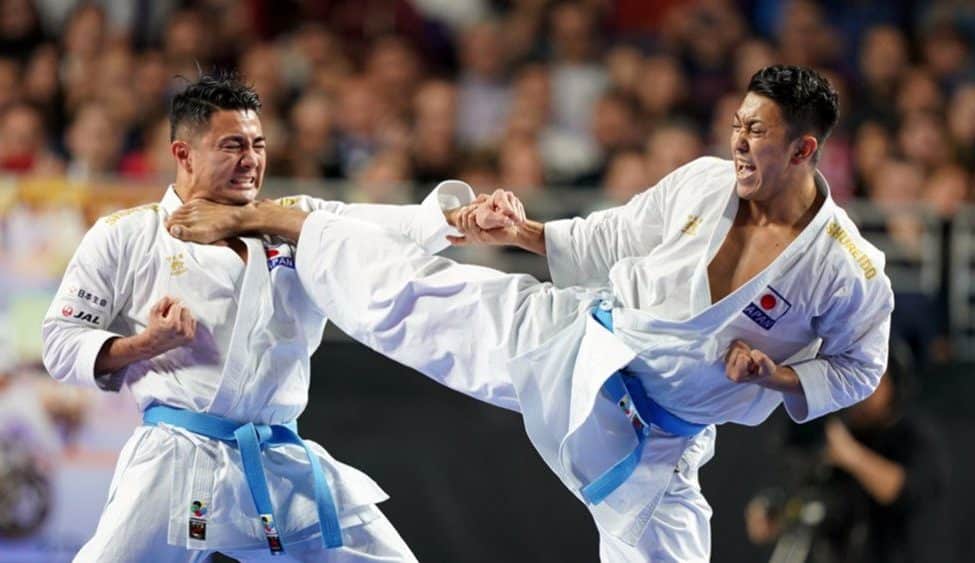
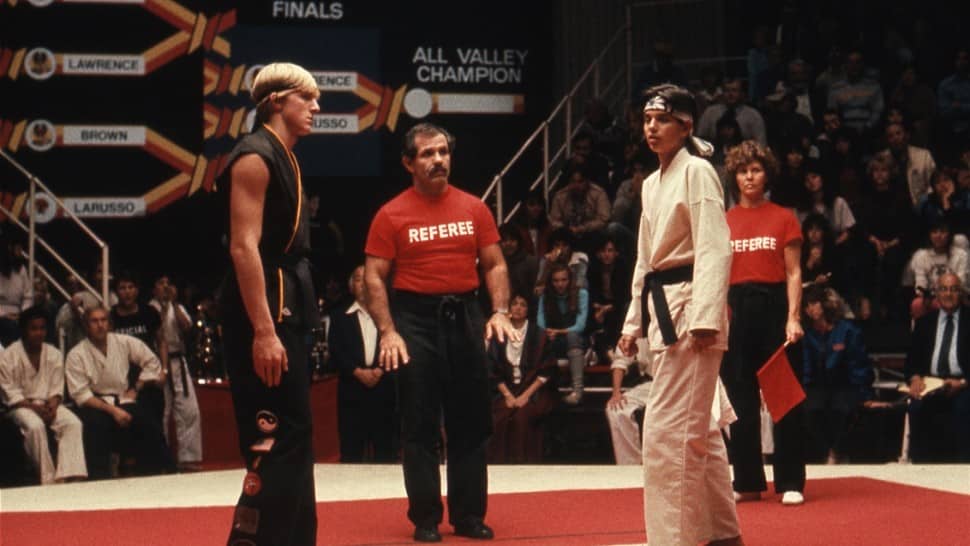
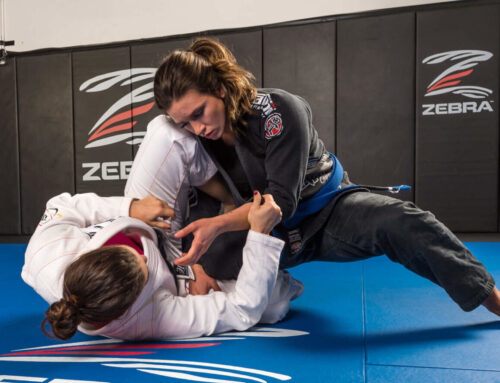
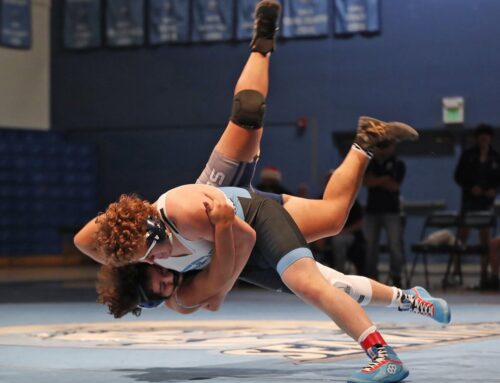
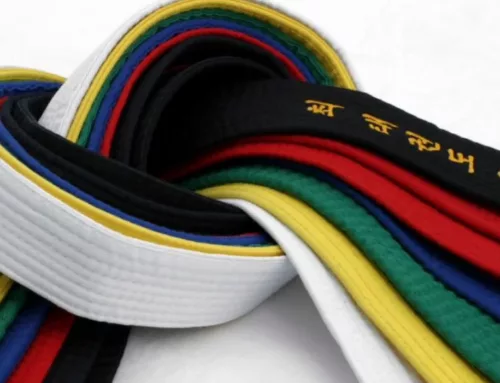
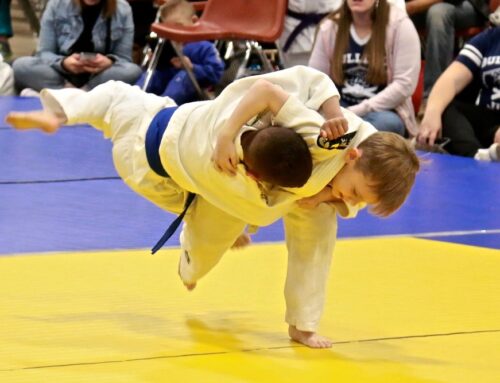
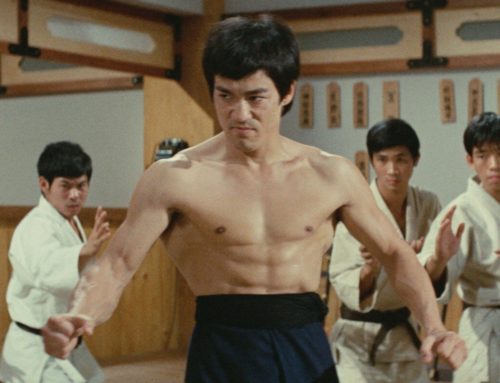
Leave A Comment